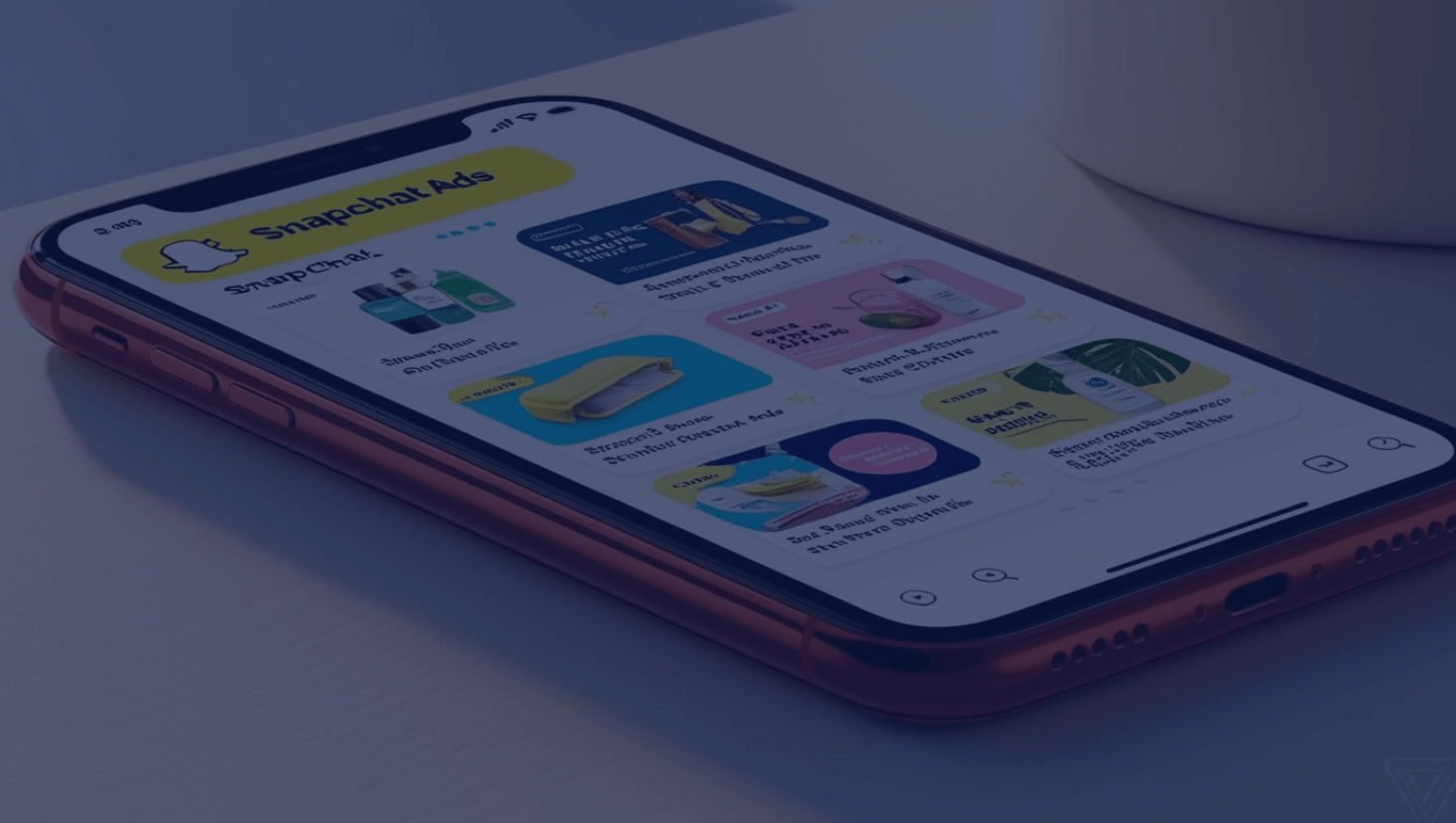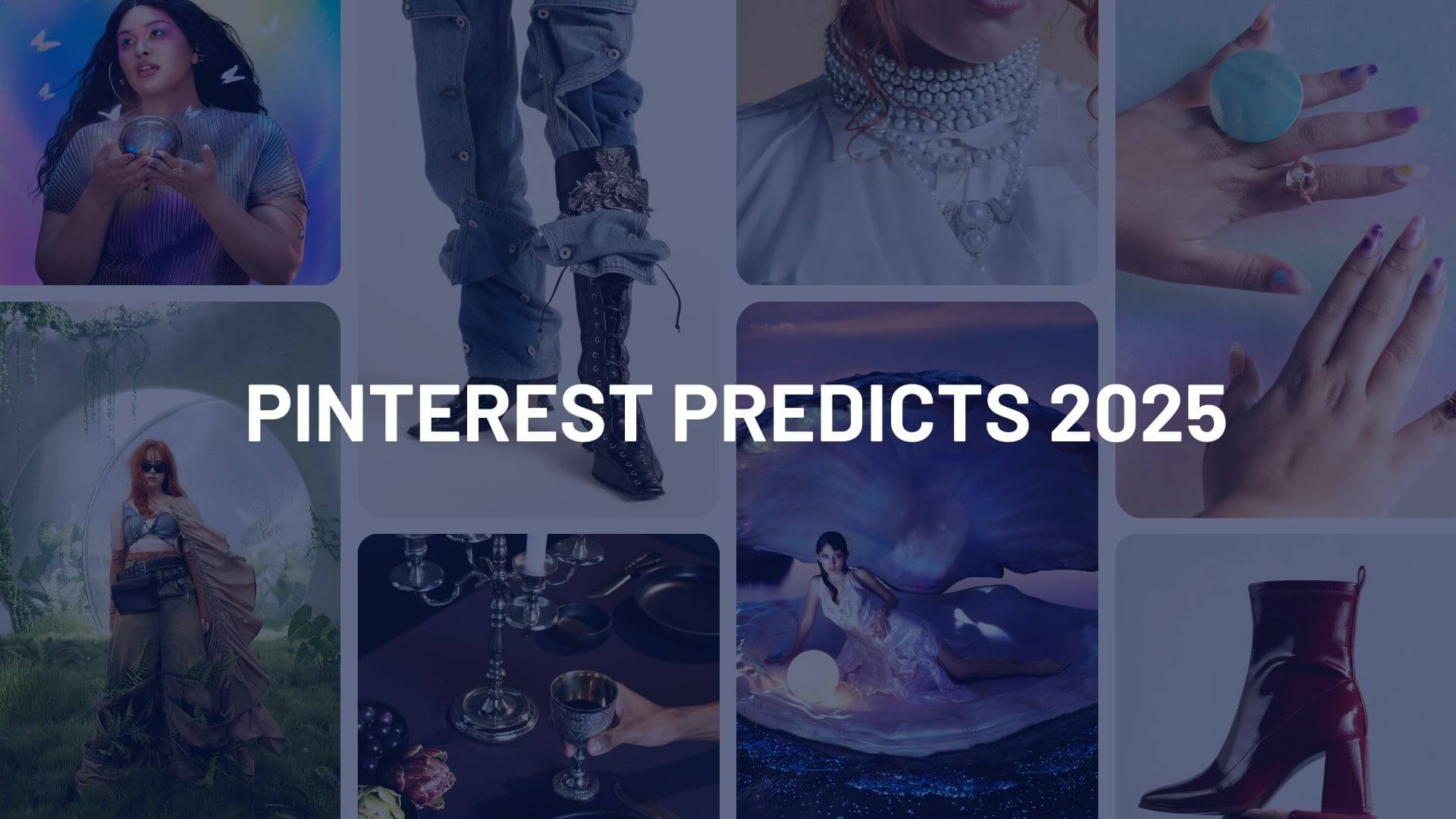A discussion among many Overdrivers prompted the question of, “How does Facebook actually calculate Impressions?” With EdgeRank and News Feed Optimization always an underlying concern for branded Pages, figuring out how Impression Levels are calculated and how they co-operate with other Facebook metrics is an essential concept to understand. The quality of your content depends on it. After researching these metrics in great detail, this is what I’ve gathered, along with the “A-ha!” moment I’ve discovered.
First things first, an explanation of Facebook Impressions, along with their Percent Feedback metric, is necessary. By definition, Impressions equal the number of times a Facebook post has been rendered on a user’s browser. They can come from the user’s News Feed, live feed, directly from the Page itself, or through the Fan Box widget. This very importantly includes posts occurring below the fold. Percent Feedback is calculated by the number of comments or “likes” a post has received compared to how many people have seen the post. As you can tell from the two explanations, both metrics are already closely related.
Now that the explanations have been established, what are some realistic instances of gaining an Impression from a piece of content you’ve posted through Facebook? See the following:
- If a user visits a branded Facebook Page and the Status Update is on the displayed Wall, either above or below the fold
- If a user is viewing their News Feed and the Status Update is displayed in the feed, either above or below the fold
- If a user shares the Status Update, regardless of it is from the brand’s Page or from the News Feed, and then is viewed by a friend of the user, regardless of it is on the user’s Wall or from the News Feed
- If a user refreshes their browser or returns while the update is active on the Wall or News Feed
What I can conclude from these above instances is this: considering this is a measure of how many people had a specific post rendered in their browser, the Percent Feedback must grow, therefore boosting the Edgerank, in order to get this post into MORE browsers. Starting to sense the relationship now?
Since Percent Feedback measures engagement compared to Impression Levels, it is ultimately a measure of the quality of your content. The more people that react to a piece of content, the better it was at gaining interest from those impressed upon. Quality content that receives a higher Percent Feedback will therefore increase Edgerank for the post. This qualifies for another explanation. I’ll make it brief: EdgeRank is the algorithm that determines what items populate your News Feed. This value is based on Affinity, Weight and Time.
- Affinity is the relationship between the user and the Page/friend that created an item.
- Weight is affected by the type of story (EX: a photo upload or a comment on another person’s status). Rich Media is weighted more than text-only updates and comments are weighted more than “likes”.
- Time is how long ago the Edge was created and how recently an action was taken on the post.
So when EdgeRank improves for a piece of content, it has then been optimized for more News Feeds, which then equals (yep, you’ve got it) more Impressions. Now are you really sensing the relationship?
So let’s put it all together now and have an “A-Ha!” moment together:
Quality content is necessary to drive a higher Percent Feedback (engaging photos, questions, polls, fill-ins, debates, etc.). A higher Percent Feedback will boost the Edgerank for that post.
The higher the EdgeRank the more likely it will appear in fans’ News Feeds. The more it appears in News Feeds, the higher the Impression Level goes. The higher the Impression Level goes, the more chances for Percent Feedback to occur.
And that, my friends, is the beautiful cycle of Facebook metrics that can help you better gauge your content and determine the level of reciprocity from fans.






